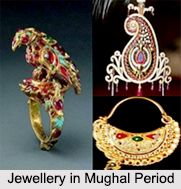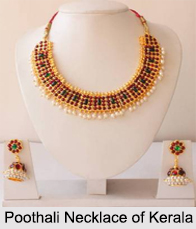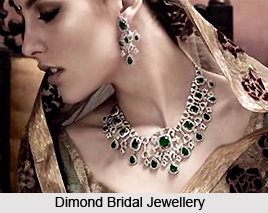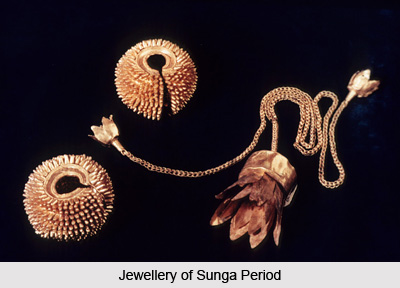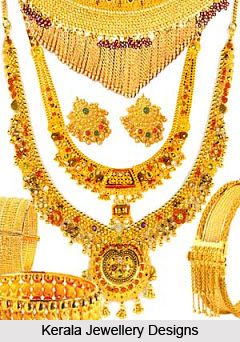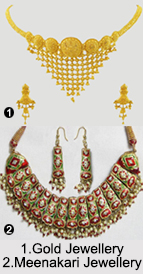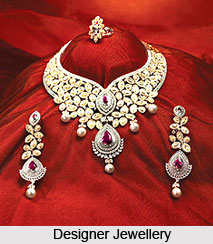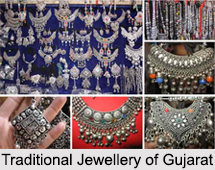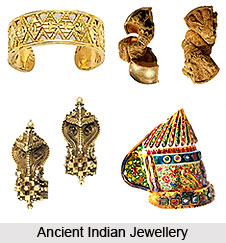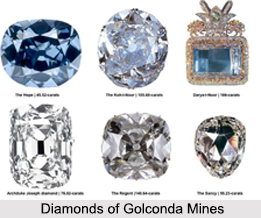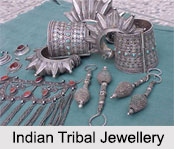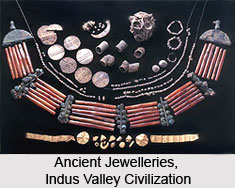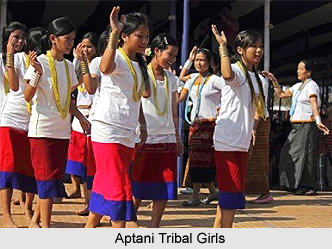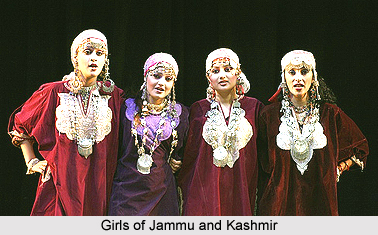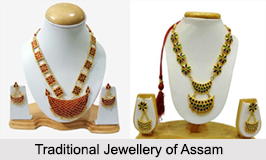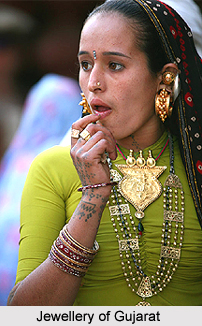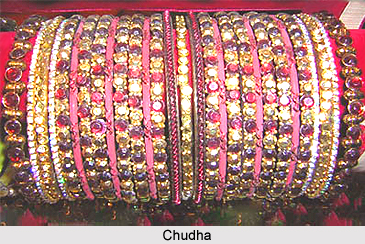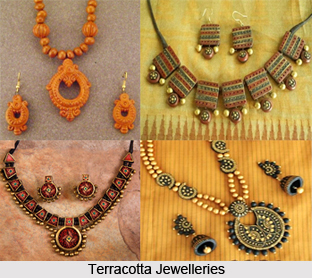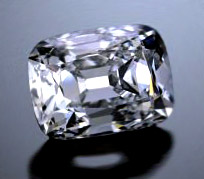 The Archduke Joseph, a diamond named after the man who was the regent of Hungary, for a short time after 1918, little is known about the diamond till date. Joseph August Clemence Maria was the Archduke of Austria and Palatinate of Hungary, who belonged to the great dynastic House of Habsburg. He transmigrated to the United States of America, when Soviet troops occupied Hungary at the end of the Second World War. In the presence of a state counselor and a few officials from the National Bank of Hungary Joseph Francis, son of Joseph, was acknowledged to have left the diamond in the Hungarian General Credit Bank, what was given to him by his father on June 1, 1933. The Archduke Joseph was discovered in the Golconda mines in India and how this diamond came to be in the custody of a Hungarian ruler remains a mystery.
The Archduke Joseph, a diamond named after the man who was the regent of Hungary, for a short time after 1918, little is known about the diamond till date. Joseph August Clemence Maria was the Archduke of Austria and Palatinate of Hungary, who belonged to the great dynastic House of Habsburg. He transmigrated to the United States of America, when Soviet troops occupied Hungary at the end of the Second World War. In the presence of a state counselor and a few officials from the National Bank of Hungary Joseph Francis, son of Joseph, was acknowledged to have left the diamond in the Hungarian General Credit Bank, what was given to him by his father on June 1, 1933. The Archduke Joseph was discovered in the Golconda mines in India and how this diamond came to be in the custody of a Hungarian ruler remains a mystery.
The Archduke Joseph has an extended cushion shape and a mixed cut weighing 78.54 carats. This pure, beautiful color and the radiance of the stone has crafted it as one of the finest Indian diamonds. According to the Harry Winston, a New York jeweler, a slight flaw in the white line is present in the diamond. This fabulous gem was sold to an anonymous buyer in 1936, and until 1961it was kept in a secret place.
This awe-inspiring diamond came up for sale in London at Sotheby`s on June 22, 1961. At that time it was thought to be the largest unfastened gem of such a high standard ever to be auctioned in Great Britain. A usual excitement always accompanies every important diamond sale. It was also present in the bidding for the Archduke Joseph and in spite of the usual one, during this auction stopped rather impulsively at £145,000. As it had fared so poorly and had in all prospects not even engrossed its reserve price, the gem was withdrawn from the sale.
Much later, it was reported that from Hatton Garden, London`s famous diamond quarter, a conglomerate of jewellers, had made an offer of purchase for the Archduke Joseph, which was discarded. In November 1993 this wonderful diamond again came up for auction. At that time Christie`s sold it for $6,487,945 to a private buyer. Since then the diamond is believed to have been resold to another collector.
